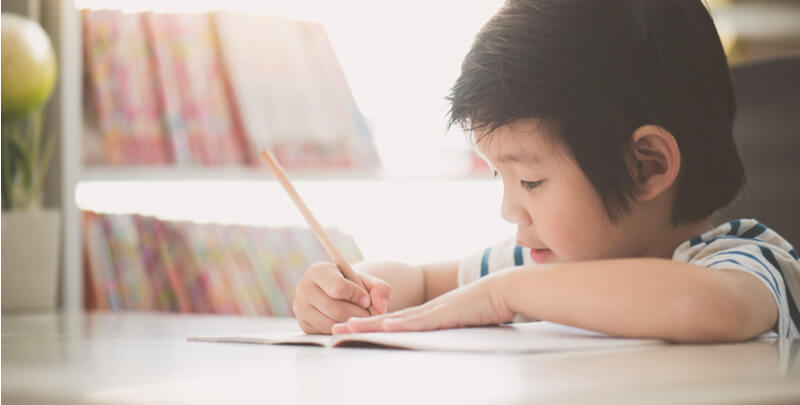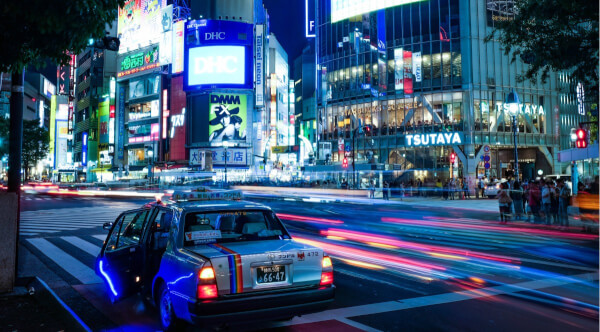Buying property in Japan as a Brit
The complete guide to buying property in Japan as a Brit, including the latest Japanese property prices.

When you think of Japan, you may immediately associate the Asian country with serious meritocracy. Known for achievement-based promotion, Japanese students and adults alike strive for excellence in work and academic achievement, both of which contribute towards general social acceptance.
As such, it’s no surprise that Japan always ranks highly for academic achievement. In fact, U.S. News & World Report places the island nation at number 10 in the world for education (and number 5 in their “best countries” rankings).
So, how does this elite school system work? This guide details the educational structure of the system in place, as well as the costs, curriculum and school types available in the country.
Education in Japan typically begins with pre-primary education, after which school becomes compulsory until age 12. That being said, most students go on to complete school through the upper secondary level at a minimum, while a vast majority also attend university upon graduation.
|---|---|
| Pre-Primary | Ages 3-6, not required, not government funded |
| Primary | Ages 6-12, compulsory, government funded |
| Lower Secondary | Ages 12-15, not required, government funded |
| Upper Secondary | Ages 15-18, not required, government funded |
Pre-primary school is for children three to five, and is broken into two categories: Kindergarten, which has an academic focus, or day care, which is more like a play school and is defined as a “wellbeing institution” by the Child Welfare Law.
Pre-primary schools aim to help students develop their cognitive, social and emotional skills through interactive play, with the ultimate goal of preparing them for their next step in primary education.
School isn’t required for children at this stage, and most pre-primary institutions are privately funded, meaning they come with a tuition fee.
Primary education starts at age sx, and continues to age 12. This encompasses grades one to six. At this stage, students are instructed by the same teacher for all of their subjects, which usually include Japanese, Math, Science and History. Children typically remain in the same room throughout the school day as well, however, children in grades five or six may start a foreign language class in which they’ll have a separate teacher and classroom.
There are public and private schools available for children in primary school, the distinctions between which are relatively minimal considering the excellence of Japanese public schools. Teachers in both are extremely well trained and well prepared, and there isn’t a large gap in student outcomes.
The grading scale in primary school is based on grade percentages, and comes with a corresponding letter grade, as follows:
| Grade | Scale | Description |
|---|---|---|
| S | 90.00-100.00 | Exemplary (秀) |
| A+ | 90.00-100.00 | Exemplary (秀) |
| A | 80-89.99 | Very good (優) |
| B | 70.00-79.99 | Good (良) |
| C | 60.00-69.99 | Satisfactory (可) |
| F | 0.00-59.99 | Fail (不可) |
Lower secondary school is for children in grades seven to nine, which translates to roughly 12-15 in age. Attending lower secondary school isn’t required of Japanese students, however, roughly 96% of children who attend primary school go on to attend lower secondary school.
As with primary school, both public and private institutions are available, however, most families choose to send their children to public school. At this stage, students have a different teacher for every subject. Typical curriculum includes math, science, social studies, art, Japanese, English physical education, music and other foreign languages. English, however, is the only foreign language that’s required, and has been since 2011.
Students in lower secondary school also tend to start taking on extracurricular activities like sports and theater.
Upper secondary school is also not required of Japanese students, however, roughly 94% of children choose to attend. Upper secondary spans three years, from ages 15-18, and covers grades 10, 11, and 12.
At this stage, however, it’s fairly common for curriculum to extend into business, fish farming, information processing, accounting, tech and other specializations. School is structured by departments, and students are taught by specialist teachers versus generalists who teach all of their classes. This means that students move from classroom to classroom throughout the school day.
Upper secondary schools are also typically private, so parents are often responsible for tuition.
The academic school year in Japan usually spans from April to March. Classes themselves sometimes run for an entire academic year, however, it’s more common for specific courses to last for a single semester.
Japanese students typically enjoy three extended vacations within the school year - one from July to August, another spanning December into January and a final one, spring break, which typically starts in late February and runs for a week or two.
The school day in Japan usually starts around 8:30 and ends around 3:30, however, this varies from school to school and district to district. In some schools older children start their day slightly earlier than younger children to allow for after school activities, however, this isn't as common in Japan as it is in places like the United States, where school is staggered to accommodate bus transportation.
While public schools are free in Japan, many expats choose to send their children to International schools, at least during the assimilation period or until they have a good understanding of the Japanese language.
The cost of international schools varies, however, parents can expect to spend roughly ¥5,115,000 for a year of school. Sometimes this fee can be discounted if multiple children attend the same school. While textbooks are covered in that tuition rate, uniforms aren’t. On average, a new student spends between ¥80,000 and ¥100,000 per set of winter, summer and sports uniforms.
Those costs can add up and they’re often compounded by expensive international transfer fees for families funding their children’s education from their bank accounts back home. That being said, Wise can help seriously reduce the cost of making international transfers by breaking bigger international transactions into small, local ones. Wise also uses the real exchange rate - the same one you’ll find on Google - and applies a low fixed fee.
Regardless of whether you choose to send your child to public or private school in Japan, they’re sure to receive a world class education. If you still have questions about your child’s new school system, the Japanese Ministry of Education, Culture, Sports, Science, and Technology’s website has a wealth of information about school philosophy, policy, budget, curriculum and registration.
*Please see terms of use and product availability for your region or visit Wise fees and pricing for the most up to date pricing and fee information.
This publication is provided for general information purposes and does not constitute legal, tax or other professional advice from Wise Payments Limited or its subsidiaries and its affiliates, and it is not intended as a substitute for obtaining advice from a financial advisor or any other professional.
We make no representations, warranties or guarantees, whether expressed or implied, that the content in the publication is accurate, complete or up to date.

The complete guide to buying property in Japan as a Brit, including the latest Japanese property prices.

Thinking of starting a new life chapter in the Land of the Rising Sun? Japan’s unique mix of traditional and innovative might be just the right thing for your...

Your essential guide to importing a car from Japan to the UK, covering the costs, documents and procedures to follow.

Japan is a country with a rich history and growing economy. In certain industries, like the tech sector, booms are starting to happen. Japan is quickly...

Whether you’re bridging family traditions or a simply looking for a unique destination, a Japanese wedding experience is like no other in the world. Japanese...

Have you ever thought about moving to a new country? There are lots of reasons to consider a move abroad: work, school, moving with family or following love....